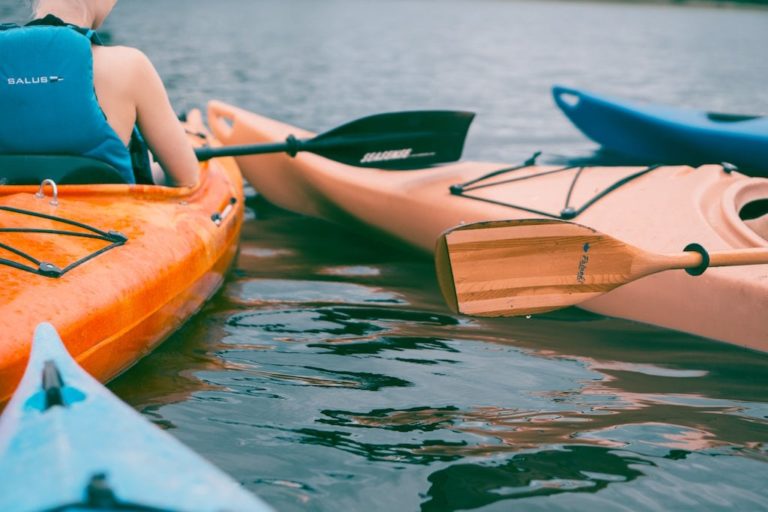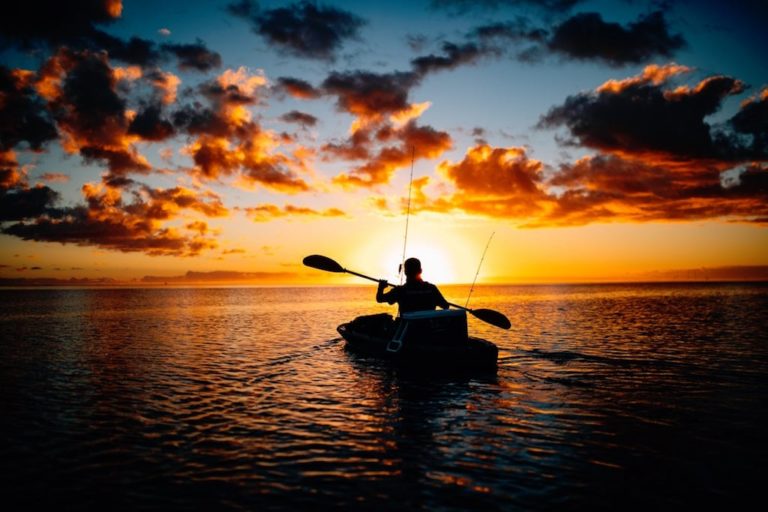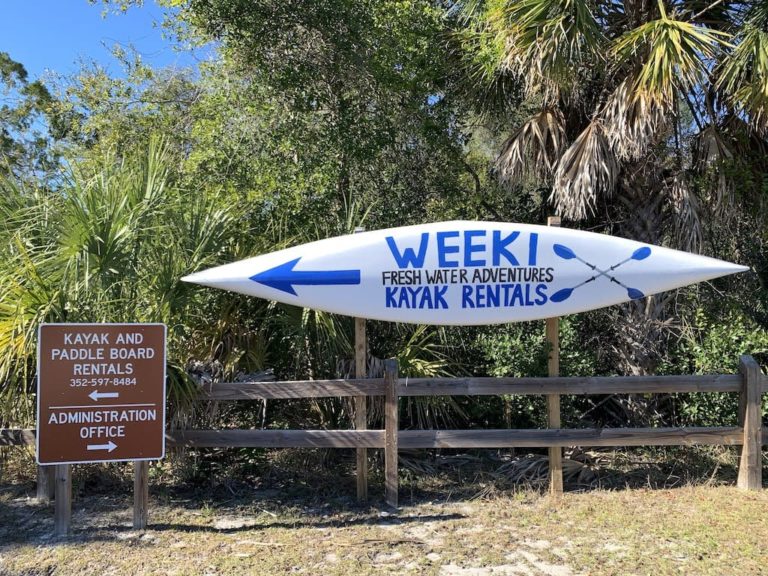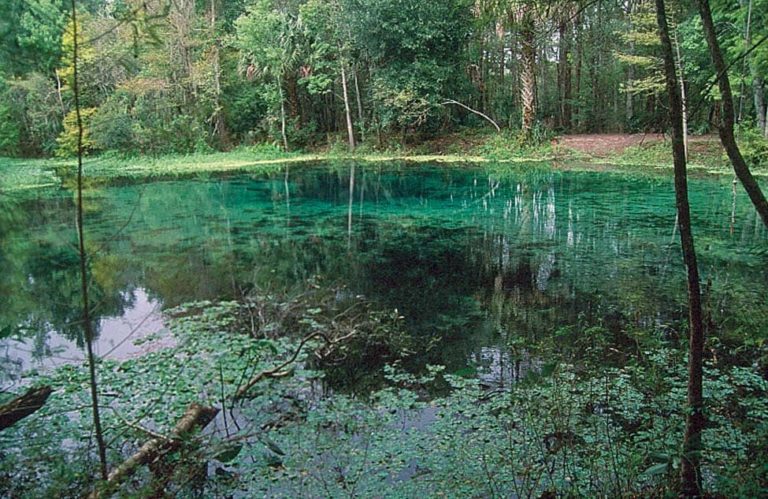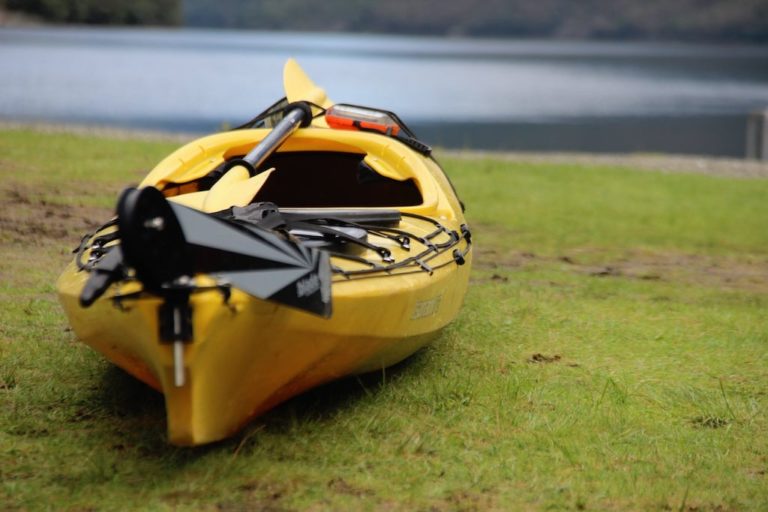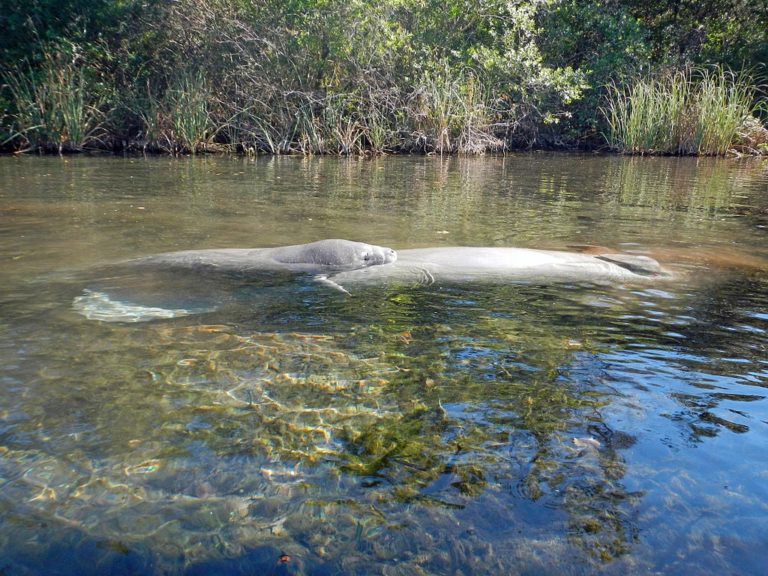Kings Bay
Kings Bay is a large, tidally-influenced estuary on Florida’s central Gulf coast. It’s located in Citrus County and covers approximately 600 acres.
Kings Bay is an important and ecologically sensitive area. It is classified as an Outstanding Florida Water by the State of Florida.
Crystal River and Kings Bay form a critically important environmental region. They contain some of the most diverse, sensitive and important estuary environments in Florida.
Spring Water
Kings Bay is fed by a complex network of more than 70 known springs.
There are a number of major springs in the Kings Bay complex and the Crystal River Springs Group, and countless minor spring vents. Major springs include the following, among others:
- King Spring
- Tarpon Spring
- Three Sisters Spring
- Idiots Delight
- Hunter Spring
- Jurassic Spring
- House Spring
Together, Kings Bay and Crystal River form the second largest springs group in Florida. The springs discharge more than 600 million gallons of fresh spring water per day, which rises out of the Florida aquifer.
After emerging from the head springs, the waters of Crystal River flow for approximately seven miles. They eventually flow into Crystal Bay and the Gulf of Mexico.
The high volume of spring water keeps the water temperature at a stable 72 degrees year-round. This warm water is vital for manatees to escape from fatally cold water in the Gulf of Mexico during cold winter months.
The confluence of freshwater and saltwater also provides a vitally important and unique estuary which supports both salt and freshwater marine life. Saltwater fish enter the freshwater environment, and vice versa.
The estuary serves many functions. Among others, it provides a haven for many juvenile fish species and is crucial for many aspects of the region’s environmental health.
Pollution and Environmental Dangers
The watershed and aquifer recharge zone for Crystal River and Kings Bay covers several hundred acres of urban development, industrial agriculture, forest and wetland.
The urban environment and agriculture introduce harmful and dangerous amounts of nitrogen pollution into the water system.
Overdevelopment harms the natural ecosystem as forests and wetlands are turned into urban and residential development.
Forest, natural groundcover and wetlands serve many functions. One of the most important functions is to filter polluted groundwater before it seeps underground and contaminates the sensitive Florida Aquifer.
When natural filtering mechanisms are removed it destroys the health of the Aquifer, and downstream ecosystems which are impacted by waterborne pollution.
There has been extensive damage to Kings Bay and Crystal River over the years.
In the 1960s many areas were destroyed by real estate developers who dredged the waterways and used the fill dirt to build up surrounding land for real estate construction. This is why there are so many sea walls, canals and artificial 90-degree cuts in the surrounding waterways.
The devastating construction impacts damaged natural water flows and destroyed vast swaths of natural wetland, which is essential for water quality and environmental health.
Kings Bay has also suffered from invasive aquatic plants, especially Lyngbya algae. The algae is destructive because it harms water clarity and alters the levels of dissolved oxygen in the water.
The geography of Kings Bay and Crystal River present challenges for environmental protection. The watersheds flow into a large, open bay which is popular among boaters.
The boaters negatively impact the natural environment and often strike, injure or kill manatees. Many manatees have deep cuts and other injuries from being sliced by boat propellers.
Manatee and Environmental Protection
Kings Bay and Crystal River are unique and irreplaceable natural treasures.
Although they are under threat and the situation is precarious, the areas are protected by several layers of government, including both state and federal protection.
The Crystal River National Wildlife Refuge was established in 1983 to protect the Florida Manatee. It covers approximately 80 acres and is only accessible by boat. It has 20 islands throughout Kings Bay.
Kings Bay was designated as a Manatee Protection Area in 2012. The official name is the Kings Bay Manatee Refuge. It is maintained and regulated by the U.S. Fish and Wildlife Service.
Manatee tours are a main driver of the economy in Citrus County.
Several hundred manatees visit the area every winter. During warmer months most leave the area to forage in other sites along the west coast, but some remain in King’s Bay year-round.
The most important factor in seeing manatees is the water temperature in the Gulf of Mexico.
When the Gulf of Mexico temperature drops below approximately 68 degrees F manatees must seek warmth and safety in warm-water refuges, especially springs.
Manatees are warm-blooded mammals and do not have protective blubber to keep them warm. They are highly vulnerable to injury from cold exposure.
Kings Bay and Crystal River are the largest warm-water refuges for manatees on Florida’s entire Gulf of Mexico coast. This region is home to a large percentage of Florida’s entire manatee population.
There are seven manatee sanctuaries in the Crystal River/Kings Bay region.
Anti-Manatee Activists
Although almost everyone loves manatees, some vocal members of the surrounding community hate the protections for manatees.
Some special-interest groups aggressively lobby to remove or weaken protections for manatees and the environment.
These groups strongly oppose new protections for the environment and wildlife.
One often-voiced complaint is that they do not like boat speed limit zones and other inconveniences that the manatee protections cause.
Featured Image Credit: U.S. Fish and Wildlife Service Headquarters, Public domain, via Wikimedia Commons
